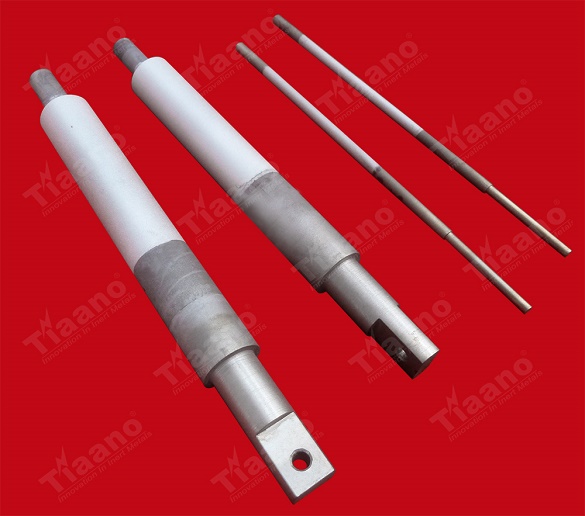Platinised rod for water treatment application
November 12, 2019 at 10:25 AM
—
admin
Platinum is one of the six metals in the "Platinum" group of noble or precious metals, all of which are excellent catalyst materials. Platinum is conductive, chemically stable and highly resistant to oxidation and corrosion. It has a silvery-gray color and can be polished to a variety of finishes. Because of its high conductivity and low consumption rate, Platinum is an excellent anode material. Due to its high cost, Platinum is made practical for use by electroplating a thin layer over a high corrosion resistance substrate.
Since Titanium, Niobium and Tantalum substrates are having the ability to form an insulating oxide film under anodic conditions, they are all most commonly used as anode in ICCP. Among them, Titanium is less expensive; however, it has a much lower breakdown potential than Niobium or Tantalum. The titanium oxide breaks down at anodic potentials in the 12 V range.
